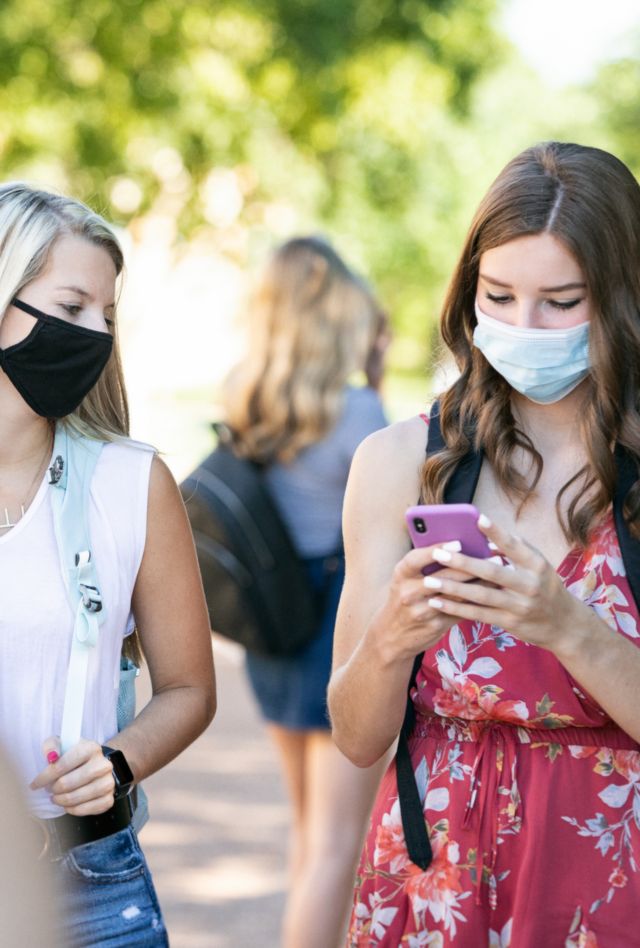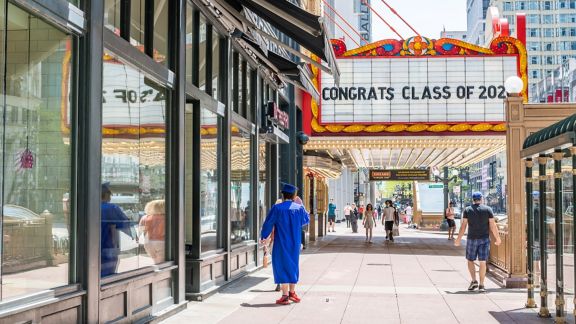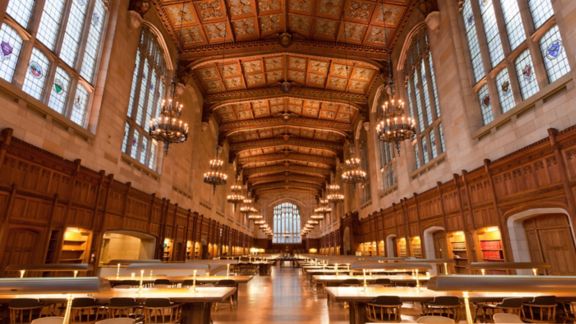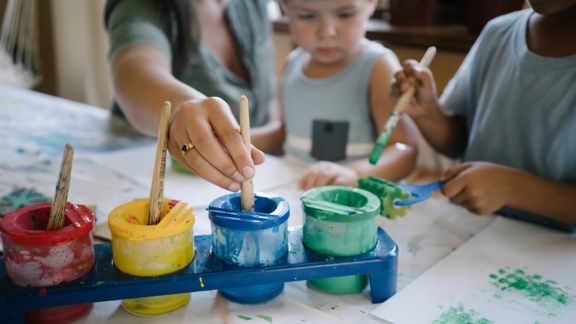Combatting Pandemic Learning Loss

Problem
COVID-19 school shutdowns likely create learning loss, especially for the underserved.
It’s been long documented that time away from regular classroom interaction leads to declines in student performance, a dynamic often studied as “summer learning loss.” With COVID-19 forcing high schools to close and abruptly shift to online instruction, students were expected to suffer a “pandemic learning loss,” especially in STEM learning. And as with summer learning loss, those repercussions were expected to fall disproportionately on poor, minority, and underserved students, exacerbating existing inequalities in new and serious ways. Left unchecked, the COVID-19 pandemic may narrow the STEM pipeline to only those students whose families have the resources to easily access e-learning opportunities.
Solution
To mitigate pandemic learning loss, we must understand its scope.
To understand the full impact of pandemic learning loss on American students—and by extension, the country’s future STEM workforce—the National Science Foundation funded a NORC-designed study to accurately measure learning loss on a national scale. The study explored which students were participating in their school's formal STEM education during the pandemic, which were not participating, and why. It also studied which students were participating in informal STEM activities during the pandemic, which were not, and why. The study also asked students about their plans for their future and the extent to which those plans had changed due to COVID-19. Our goal was to provide an empirical estimate of STEM-related pandemic learning loss for poor and minority teens compared to their peers.
Result
Disadvantaged students were more adversely affected by COVID-19 learning loss.
School response to the pandemic. The ways schools responded to the pandemic led to inequities in modes of instruction and the availability of instruction. Black and Hispanic students were more likely to be in schools that shut down for the year and less likely to be in schools that moved to distance learning than were White and Asian students. Similarly, low-income students were more likely to be in schools that chose to close completely and less likely to go to schools that chose to switch to distance learning.
Impact on student learning. The STEM pipeline has many interconnected factors that impact students' future careers. One of those factors is enrolling in AP courses, and then taking the exam. We found that, of the students enrolled in AP math and science classes in Spring 2020, only about half took the exam at the end of the semester. But this masks important differences between more and less affluent students. For example, of the low-income students who were taking AP Physics in Spring 2020, 72% did not take the exam (compared to only 29% of their more affluent peers). When asked why they did not take the exam, some students reported that the exams were not offered in their school. Others that they could not afford the exam fees. Many said that they did not think they would do well on the exams and so were afraid to take them.
Learn More About the Study
Jennifer Hamilton, NORC’s Vice President of Education & Child Development, presents on STEM learning losses among American children during the pandemic.
Related Tags
Project Leads
-
Debbie Kim
Senior Research ScientistProject Director & Project Investigator -
Jennifer Hamilton
Senior Vice PresidentPrincipal Investigator








